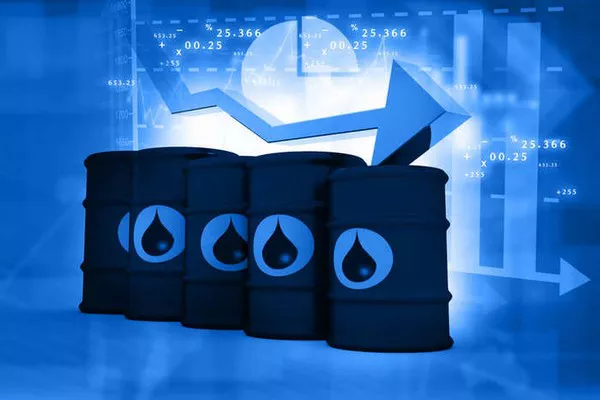Oil futures trading offers investors the opportunity to participate in the dynamic and lucrative energy market. ETRADE, a leading online brokerage platform, provides a user-friendly interface and comprehensive tools for trading oil futures. In this comprehensive guide, we will explore the process of oil futures trading on ETRADE, covering key aspects such as account setup, market analysis, placing trades, and managing risk. Whether you’re a seasoned trader or a beginner looking to venture into oil futures, this guide will equip you with the necessary knowledge to navigate the ETRADE platform and make informed trading decisions.
Setting Up Your ETRADE Account
- Account registration: To begin trading oil futures on ETRADE, you’ll need to open an account. Visit the ETRADE website and click on the “Open an Account” button. Follow the prompts to provide your personal information, financial details, and complete the necessary documentation.
- Account funding: Once your account is set up, you’ll need to fund it. ETRADE offers various funding options, including bank transfers, wire transfers, and mobile check deposits. Choose the method that works best for you and follow the instructions to fund your account.
- Selecting the appropriate account type: ETRADE offers different types of accounts, such as individual brokerage accounts, retirement accounts, and margin accounts. Consider your trading objectives and consult with a financial advisor if needed to determine the most suitable account type for your needs.
Market Analysis and Research
- Understanding oil market fundamentals: Before trading oil futures on ETRADE, it’s crucial to have a solid understanding of the oil market and its fundamentals. Study supply and demand dynamics, geopolitical factors, economic indicators, and industry trends that influence oil prices. Stay updated with news, reports, and analysis from reputable sources.
- Utilizing ETRADE’s research tools: ETRADE provides a range of research tools to help you analyze the oil market. Explore features such as real-time quotes, interactive charts, technical indicators, and news feeds. Leverage these tools to conduct in-depth market analysis and make informed trading decisions.
- Developing a trading strategy: Based on your market analysis, develop a trading strategy that aligns with your goals and risk tolerance. Consider factors such as entry and exit points, position sizing, risk management, and profit targets. Regularly review and adjust your strategy as market conditions evolve.
Placing Oil Futures Trades on ETRADE
- Navigating the ETRADE platform: Familiarize yourself with the ETRADE platform’s layout and features. Explore the various tabs and sections, such as the trading dashboard, order entry screen, account summary, and research tools. Practice using the platform’s virtual trading feature to gain confidence before placing real trades.
- Accessing oil futures markets: On the ETRADE platform, navigate to the “Trading” or “Markets” section to access the oil futures markets. Select the specific oil futures contract you wish to trade based on the expiration date and contract specifications.
- Placing trades: Once you’ve selected the desired oil futures contract, click on the “Trade” button. Specify the trade type (buy or sell), the quantity of contracts, and the order type (market order or limit order). Double-check your trade details and submit the order. Monitor your trades and make adjustments as necessary.
Risk Management and Trade Monitoring
- Setting stop-loss orders: Implementing stop-loss orders is crucial for managing risk in oil futures trading. A stop-loss order automatically triggers a trade to close when the price reaches a predetermined level. Determine your acceptable risk level and set stop-loss orders accordingly to protect your capital.
- Monitoring your trades: Stay actively involved in monitoring your oil futures trades on ETRADE. Regularly review your open positions, monitor price movements, and assess the overall market conditions. Consider utilizing trailing stops or take-profit orders to lock in profits as the market moves in your favor.
- Risk assessment and portfolio management: Continuously assess your risk exposure and portfolio performance. Regularly review your trading activities, evaluate the effectiveness of your trading strategy, and make adjustments as necessary. Diversify your portfolio across different asset classes to spread risk and avoid overexposure to the oil market.
Conclusion
Oil futures trading on ETRADE provides investors with access to the dynamic and potentially rewarding oil market. By setting up your ETRADE account, conducting thorough market analysis, placing trades, and effectively managing risk, you can navigate the complexities of oil futures trading. Remember to continuously educate yourself, adapt your trading strategy, and seek professional guidance if needed. With diligence and informed decision-making, ETRADE can serve as your gateway to participating in the exciting world of oil futures trading.


